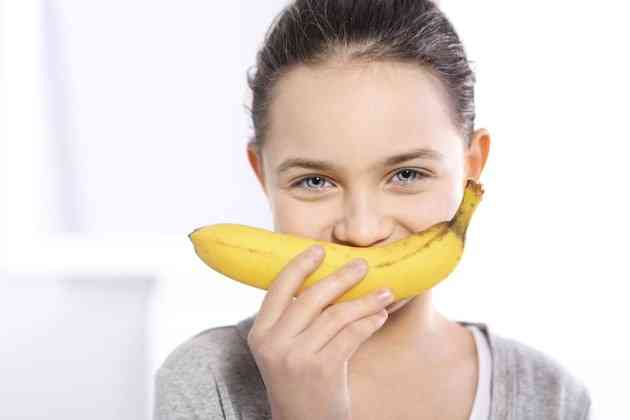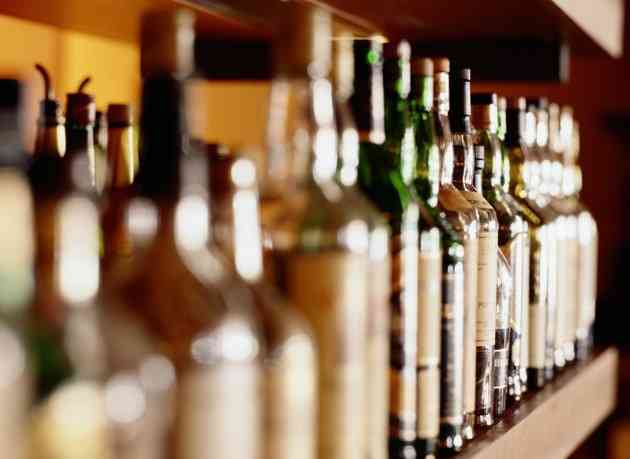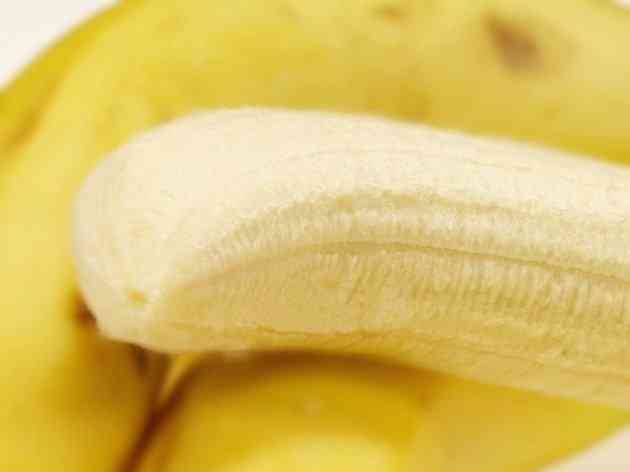Fructose and Glucose in Bananas

Bananas are among the most popular fruits enjoyed in the United States. Chiquita Brands International claims that the average American eats 27 pounds of bananas each year. Bananas are cheap and available year-round, and with their sugar content they provide a quick burst of natural energy to power you through your day. Fructose and glucose are the two most abundant sugars found in bananas, and they occur in roughly equal amounts. Bananas also contain a bit of a third sugar, sucrose.
 Young girl holding up a banana. (Image: robertprzybysz/iStock/Getty Images)
Young girl holding up a banana. (Image: robertprzybysz/iStock/Getty Images)Banana's Sweet Nutrition
According to the USDA National Nutrient Database, a single medium banana contains about 105 calories and roughly 14.43 g of total sugars. Sugar is a carbohydrate, supplying 4 calories per gram. That means close to 58 of those calories come just from the sugar content. Put another way, a medium banana is approximately 55 percent sugar. Fortunately, bananas contain natural sugars and supply a good deal of vitamins and nutrients that make it a healthy choice for most people.
Fructose in Bananas
A medium banana contains approximately 5.72 g of fructose. Fructose is a common sugar found in many fruits, and it is also present in bananas. When you hear about fructose, it's often the controversial artificially produced form of fructose that's used in processed foods and soft drinks in the form of high-fructose corn syrup. However, natural fructose, like other simple sugars, supplies your body with energy. Although your body metabolizes fructose differently than other forms of natural sugar, in limited amounts, fructose is fine for most people, notes California physician and surgeon Jeremy E. Kaslow.
Glucose in Bananas
The same medium serving of banana contains about 5.88 g of glucose, according to the USDA National Nutrient Database. Glucose, most commonly known as blood sugar, is the most common carbohydrate. When you eat, your body breaks down your food into this simple sugar so it can use it as energy for your cells. It's what doctors measure when dealing with diabetes or hypoglycemia.
Changes in Sugar Content
The sugar content of bananas changes as they ripen, in a process controlled by a plant hormone known as ethylene. Green bananas are almost all starch and have low sugar content. As the bananas ripen, the starch content decreases, then sucrose appears. Next, fructose and glucose appear and increase. After about 28 days of ripening, sucrose begins to decline. The sugar content in overripe bananas can be dramatically higher than in bananas that are underripe and optimally ripe.




